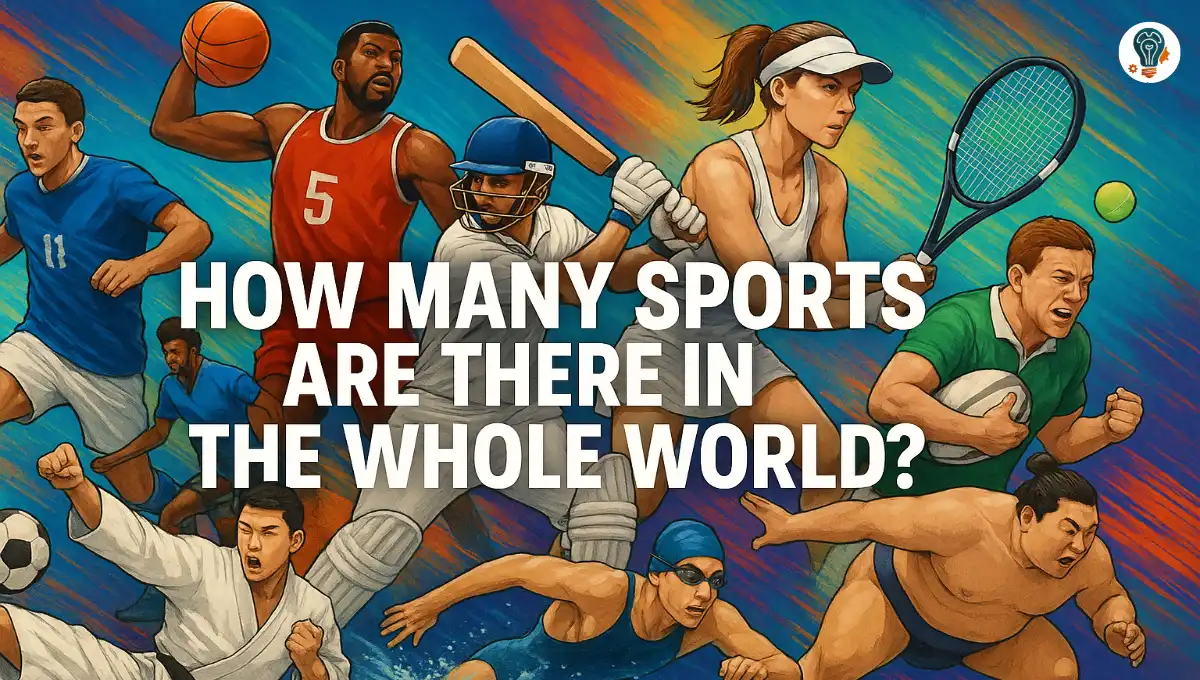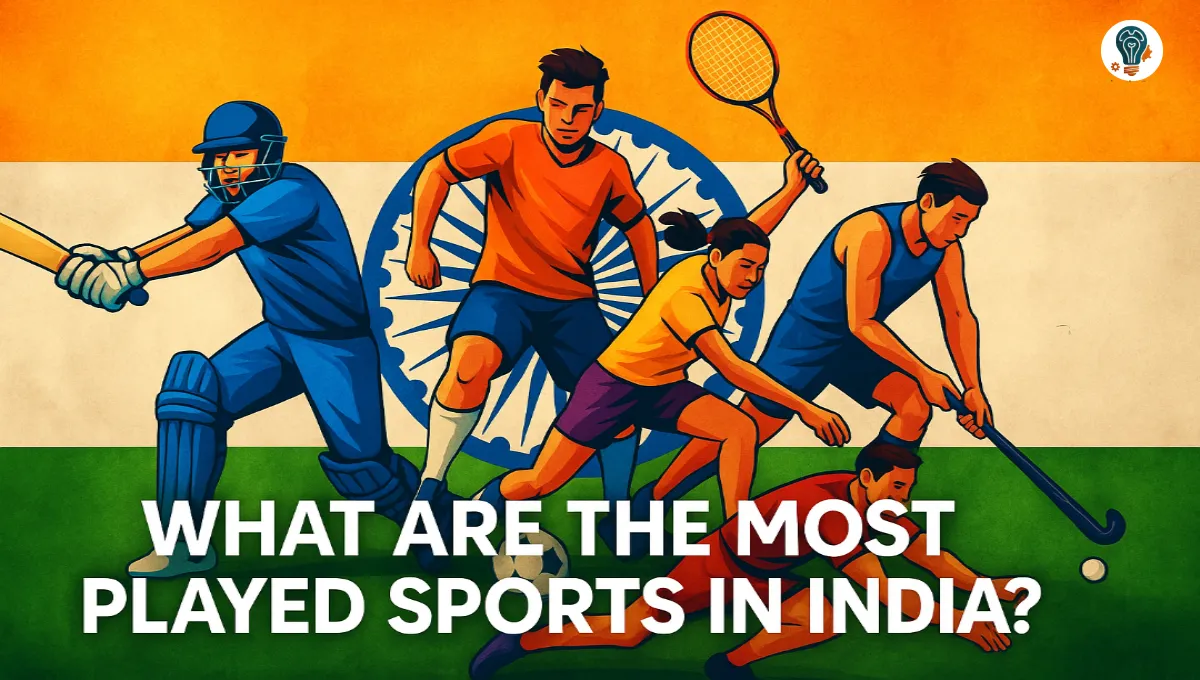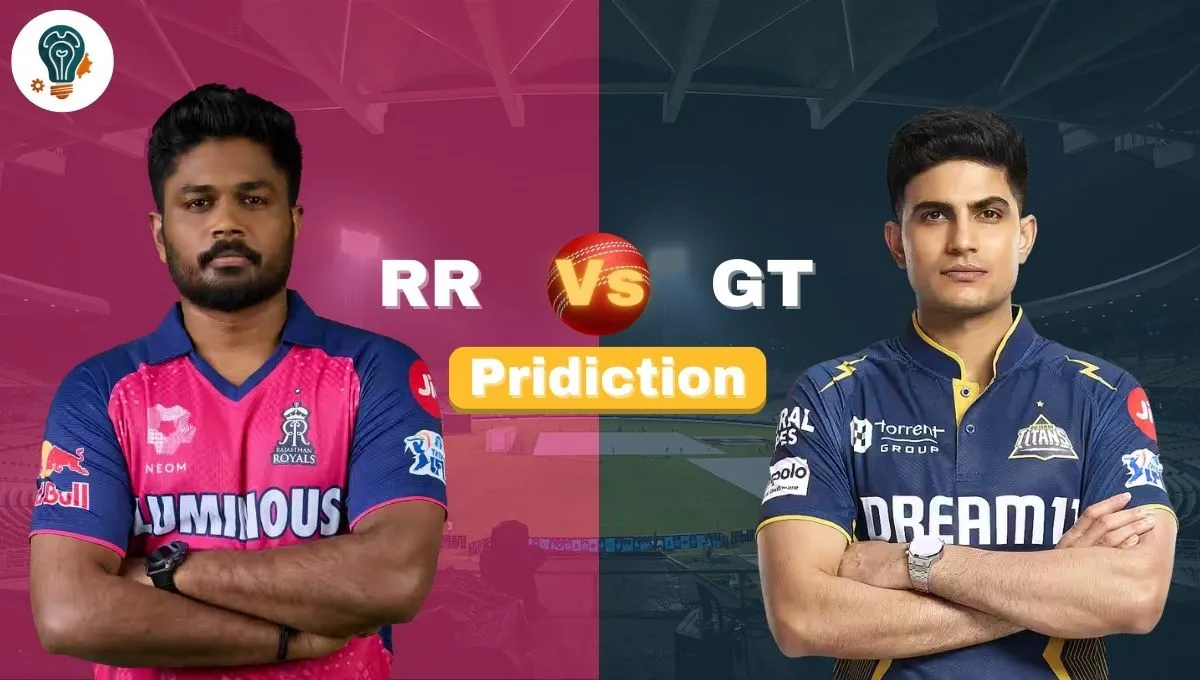How many sports are there in the world? Even though this question sounds simple, it opens the Pandora’s Box of complexity. While there are some 40 sports in the Olympics, almost 200 have international recognition with governing bodies, and some 8,000 sports and sporting games are judged to have been played worldwide, according to the World Sports Encyclopaedia (2003). The estimated number, besides organized international competitions, includes indigenous games played in very small communities, which gives way to the great diversity of human physical activities and competitive spirit.
Top 10 Sports In The World
| Tennis | Cricket |
| Basketball | Football |
| Golf | Hockey |
| Baseball | Volleyball |
| Tennis | Badminton |
A Spectrum of Sporting Activities
The definition of “sport” itself can be very broad, consisting of physical exertion and skill in which an individual or team competes against another or others for entertainment. 1 Mind sports such as chess and Go can also be included in that definition, as recognized by SportAccord, the international sports federation association. So also are things with high motorized components, as in formula racing, or those that primarily do.
Thus, this vastness implies that when we talk about the world of sports, we do not mean football (soccer), basketball, or cricket only. Instead, we open into oceans and oceans of activities, all with their history, rules, and cultural significance.
Beyond the Major Leagues: Exploring the Lesser-Known
Consider some unique sports that express a given region or culture, for example:
- Glima: A traditional Scandinavian belt wrestling style tracing its roots back to the Vikings, where technique and respect towards fellow competitors are insisted upon.
- Basque Pelota: A range of court sports from the Basque Country that involve slapping a ball against a wall using hands, rackets, or baskets. Jai Alai is its fastest and most famous iteration.
- Sepak Takraw: This Southeast Asian “kick volleyball” game developed around players passing a rattan ball over a net using their feet, knees, chest, and head.
- Kabaddi: An Indian contact team game in which “raiders” enter the territory of opponents to tag members and return to their side while holding their breath and chanting.
- Buzkashi: A Central Asian sport in which horseback riders fight to grab and carry the carcass of a goat or calf to a goal, testing strength, horsemanship, and strategy.
Such examples hardly begin to cover the thousands of sports played worldwide, many of which are intimately tied to local traditions, festivals, and social structures. They give us insight into how different people around the world express their competition, skill, and physicality.
The Ever-Evolving Landscape of Sports
Sports are ever-changing. New ones are forming, old ones are changing, and alterations of other games are always popping up. Think of eSports, competitive video gaming, which gained widespread popularity and recognition as a legitimate sport. Urban sports like skateboarding, BMX freestyle, and sport climbing now have an international platform, whereas a budding generation of athletes and fans can appreciate their appeal. Elsewhere, centuries-old sports are being modified for today’s world. The rules of play are changing, technological advancements in equipment and athletic training methods are providing newer options, and a demand for inclusivity and accessibility is fast becoming a prevailing focus in sports everywhere.
Why So Many Sports?
The numerous sports available reflect several factors.
- Cultural Diversity: Different cultures created unique physical activities and games from the land, resources, and traditions.
- Regional Variations: Even a single “sport” may amuse itself with multiple texts of variation and modification of rules that sometimes become distinct sports in their own right, consider the various codes of football (soccer, American football, Gaelic football, Australian rules football).
- Evolution and Innovation: Since man is a creative and competitive animal, games are changed, merged, or born anew for a different breed of challenge and forms of entertainment.
- Accessibility and Inclusion: As societies understand more and more the merits of sports for everybody, new adaptations and fresh sport types emerge to cater to individuals with disabilities or special interests- examples of which are goalball for the visually impaired and wheelchair basketball.
The Importance of Recognizing the Breadth of Sports
While international sports are frequently the focus of media attention, one must consider the broader spectrum of sporting activities around the world for several reasons:
- Cultural Insight: This will provide insight into different cultures and their values.
- Promoting Diversity: Acceptance of a wider range of sport might encourage participation from different categories of people in varying abilities and interest.
- Preserving Heritage: Many traditional and indigenous games represent a community’s cultural heritage, which needs to be preserved and promoted.
- Stimulating Innovation: Exposure to different iterations of sport can inspire fitness and competitive evolution through new ideas and adaptations.
Conclusion: A World of Endless Games
The dynamic and boundless political arena provides no definitive, universal answer to the question: There are states of sporting activities in one form or another. There are approximately 8,000 known indigenous sports, and countless variations and emerging activities; so, truly, one can be talking about a dynamic and boundless world of sports. The Olympics unveil grand spectacles, while local community games provide local charms; in all forms or modes of sport, the underlying motive is that of play, competition, and physical expressiveness. Within the brimming spectrum of sports lies an enriching dimension for the cultural understanding of humankind, with varied forms of interaction through the joy of the game. The next time you think of sports, consider that you have crawled into a world much greater and far more diversified than you could ever have imagined; a world where potentially thousands of games await discovery and celebration.
Read More About
- What Are Some Popular and Unpopular Sports in India?
- What Sport is Most Popular with Indian Women?
- What Are the Most Played Sports in India? Top 5 Revealed
- Who is the Most Famous Sports Person in the World?
- MI vs RCB Highlights, IPL 2025: Mumbai Indians lose by 12 runs
- KKR vs LSG, 21st Match, Kolkata, April 08, 2025: Prediction




